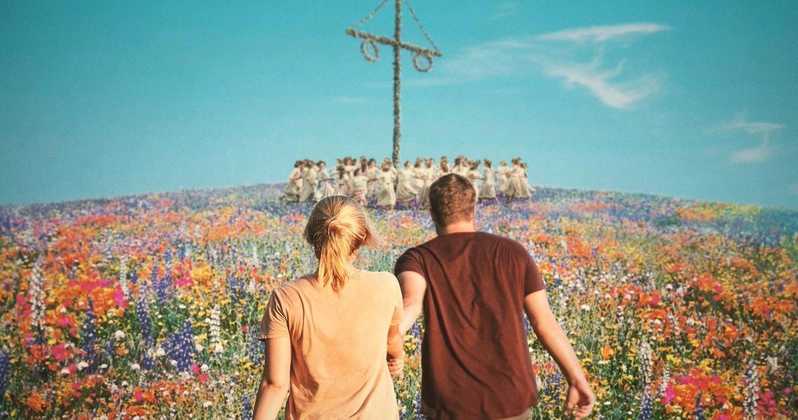
Cinema in the 2010s ended on a strange note. The theatrical release as we knew it had come to be dominated almost entirely by superheroes. Horror, once that most reviled of genres, carried the torch for cinema that was serious, challenging, and spoke to larger issues.
The studio system’s reliance on intellectual property with the broadest possible appeal, coupled with an increase of streaming platforms and prohibitively expensive costs of both making and going to the movies, created a perfect storm where the only genre that could be consistently profitable but still contain ideas that were controversial, taboo, or shocking was the one that had traditionally been shat on. Horror used to be a genre where product was churned out on the cheap to appeal to horny teenagers. By the end of the 2010s, it was the only genre where it was still acceptable to have content that didn’t appeal to horny teenagers.
But none of that changes the fact that horror in the 2010s was great, possibly the best it ever was. This list recognizes that horror comes in all shapes and sizes, all moods and palettes, but it prioritized movies that placed themselves in the great horror tradition: they were willing to be new, different, dynamic, and weird, but above all they were effective. Anyone who loves horror is bound to disagree with some entries, but these stand as the 25 Best Horror Movies of the 2010s.
25. A Serbian Film
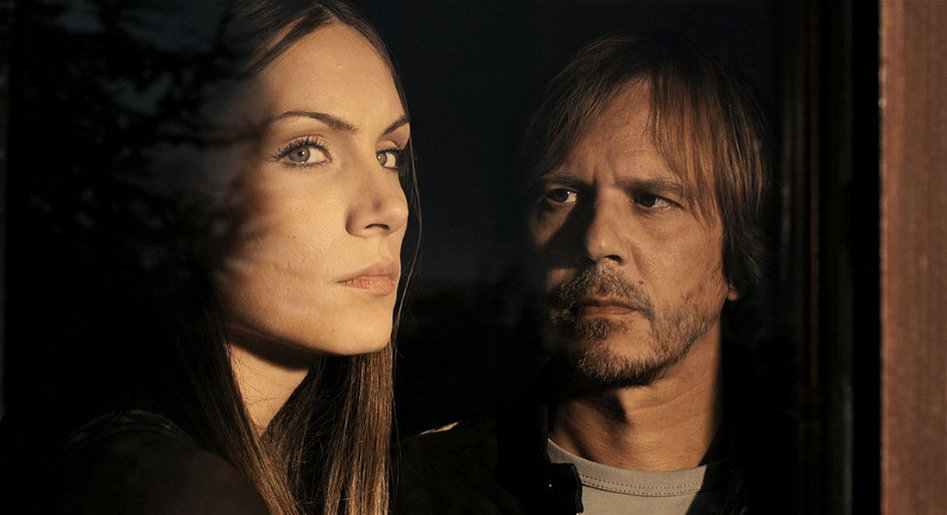
Banned in parts of Europe and Asia, A Serbian Film carried the torch of New French Extremity, the 2000s movement that ushered in a smarter, gorier, more full-on horror film, into the next decade and to its logical conclusion. Director Srđan Spasojević claims that this film is an indictment of censorship, the way the west views Eastern Europe, and political correctness, but that wasn’t enough to stop the government from investigating the film for its grisly content.
A Serbian Film is horrifying, and if it was made to construct controversy, then its infamy hints at something deeper. The film plays like your standard Hollywood horror let off the rails. Taking its visual grammar from the industry in which the plot is set, it grabs its audience and dives into the debauchery. Not since Funny Games has a film seemed so judgmental, but unlike Michael Haneke’s careful, considered diction, Spasojević promises chaos and delivers. A Serbian Film guides its audience through a descent into terror, but no other film goes as far. It’s ending also has a striking similarity to another film on this list. Points to the reader/viewer who can suss it out.
24. The Purge: Anarchy
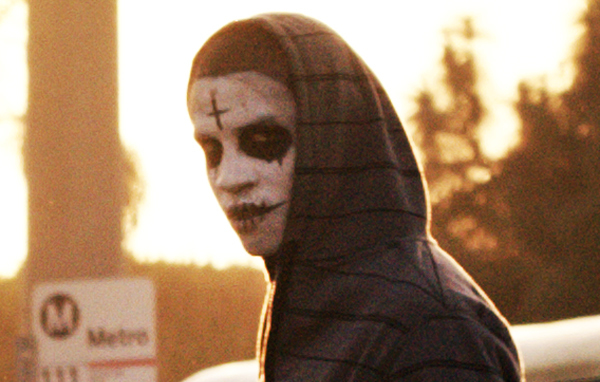
Very few would confuse The Purge series with high art, and yet no horror franchise new or old has been as prescient and suspenseful as this one. Part of what makes the series work so well is that its world is so cruel that everything, especially the worst, feels possible. In a decade where so many sub-par films tried to exploit real-world relevance or social issues for the sake of box office, The Purge was happy to embed its social commentary under layers of world building and chaos until it explodes.
But it is still a franchise. The fourth instalment seemed hazily constructed around the most obvious imagery, and the TV series fails to take advantage of its medium’s ambition, but the first three films built off each other in organic ways, featured strong performances (Ethan Hawke and Lena Headley added much needed gravitas to the first installment, while Frank Grillo anchored the next two with unshowy but commanding work), and earned their scares and tension.
Anarchy gets the nod here because it so effectively expanded the world, dappling hints of hope and humor in what was otherwise going to be an exercise in nihilism or sadism. The Purge will likely be stretched, spun off, remade, prequelized, sequelized, and rebooted more and more, but there’s no denying that the filmmakers tapped into something. It might not be arthouse, but it is horrific and captivating.
23. mother!
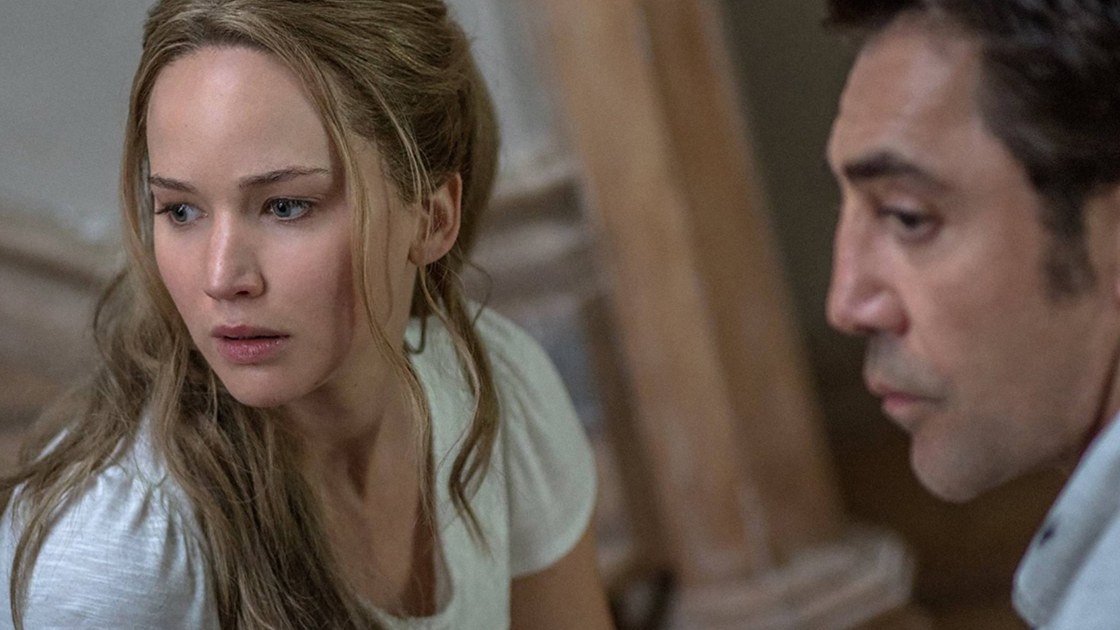
mother! is an imperfect, divisive film that elicited all manner of reactions—boos, hisses, applause—when it premiered at the Venice Film Festival. An ambulance was even called to treat a young viewer who seemed overwhelmed. Audiences gave it an F rating on Cinemascore, and its box office was dead on arrival. The vitriol might be understandable, but honestly, mother! is a riot both figuratively and literally.
Unnerving, obtuse, and a pressure cooker journey through the lie of civilization, mother! is something almost entirely unexpected from a big studio working with movie stars. Immediately (and inadvertently) throwing out all the goodwill he earned making Noah, Darren Arnofsky must’ve thought he had another Black Swan on his hands. His mistake is the audience’s reward (well, some of the audience anyway). mother! is far more daring, technically impressive, and batshit crazy in a way Arnofsky’s post-Requiem for a Dream work hasn’t been. It’s a masterclass in chaos, an American take on the stern starkness of filmmakers like von Trier and Haneke, as well as the nation’s answer to New French Extremity. If only every disaster was this good and decimating.
22. Suspiria
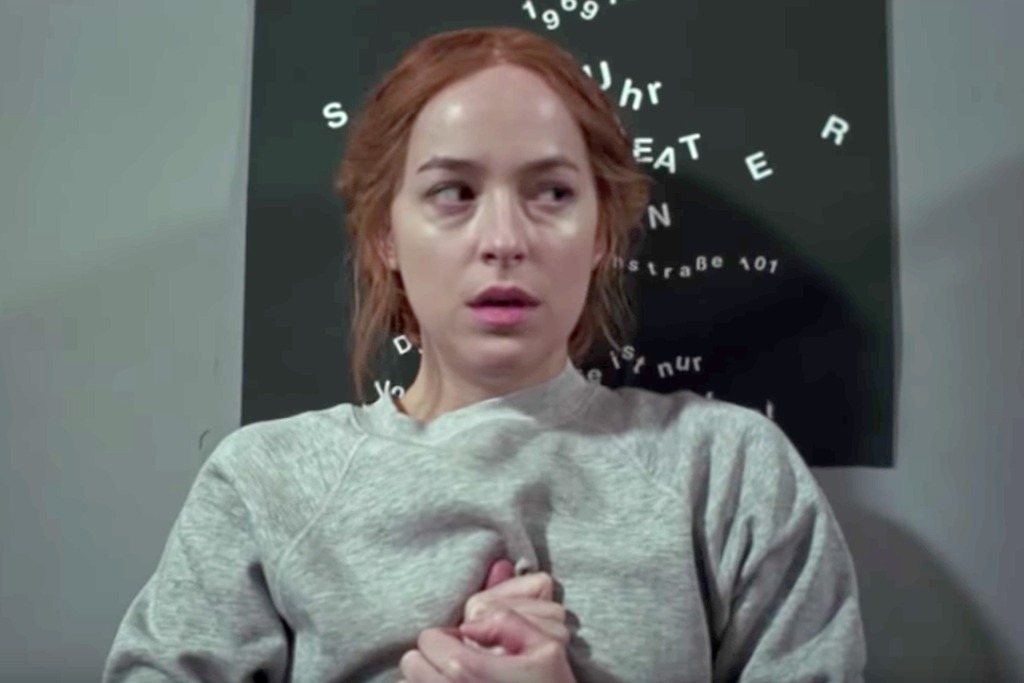
Suspiria is not perfect, but the divisive reactions to it prove one thing: it is a strange, horrific ride. In a genre where remakes abound for all the wrong reasons, here we have a rare beast. While the first Suspiria was an exercise in giallo madness with nothing to prove, this version is decidedly higher class. Coming off the critical darling and very different Call Me By Your Name, Luca Guadagnino paints a divided Berlin in great production values, a tour-de-force (and all female) cast, and one of the decade’s most haunting scores. It is too long. The theme of survivor’s guilt feels tacked on. The result, as the internet and Dario Argento will tell you, is not perfect.
But it is hypnotic. Like many of the films that made it onto this list, it shows that horror can reach great, trance-like heights when the right talent has enough room (and funding) to get weird. Tilda Swinton playing dual roles is one of the more predictable elements. Those that get on its wavelength (and the response to the film suggests that you’ll either love it or hate it) will find themselves on a journey that passes through hell but doesn’t stop there.
21. Baskin
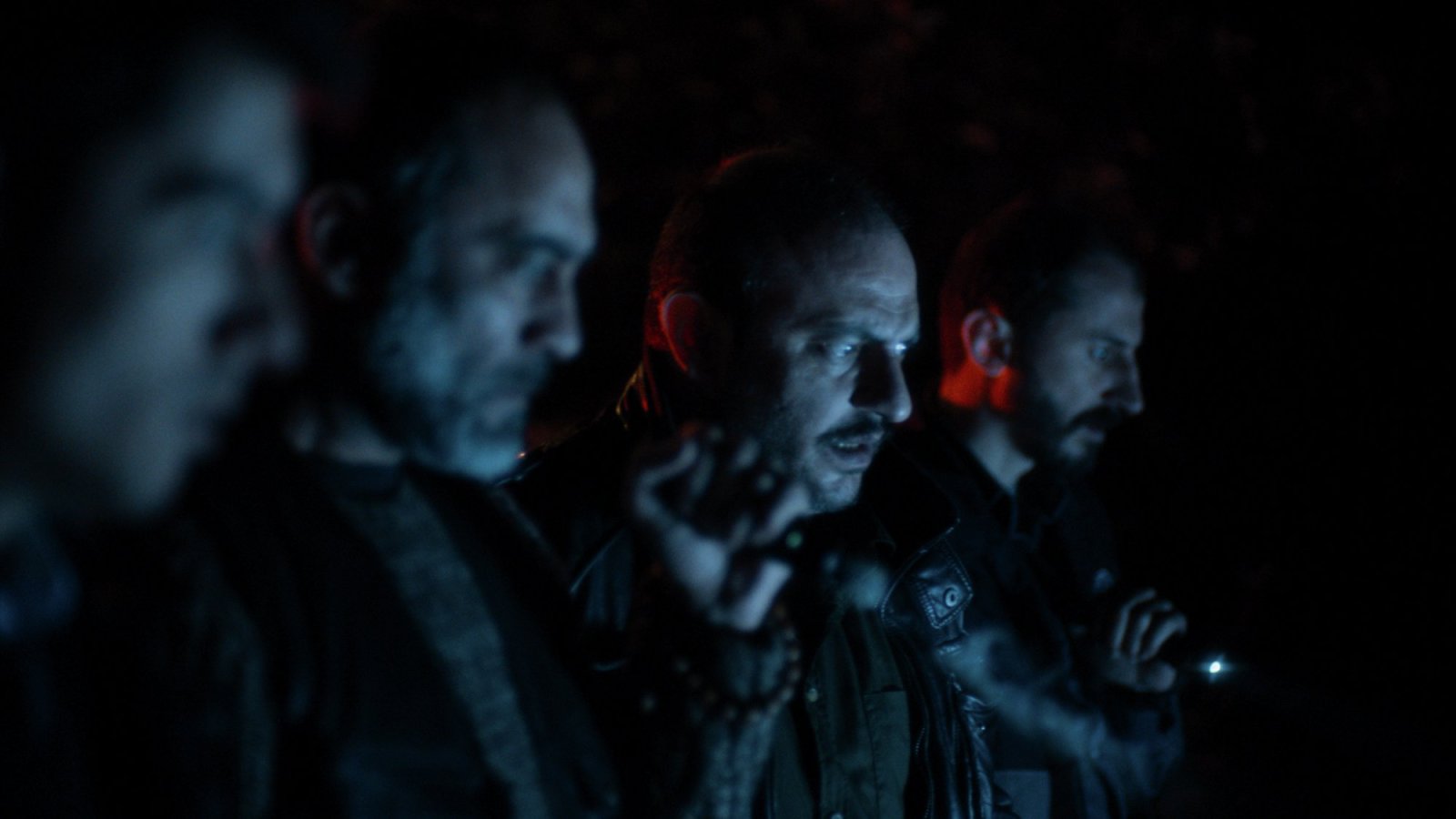
Many horror films promise a terrifying descent into hellish madness, but few deliver as soundly and definitively as Baskin. This Turkish horror entry flew under the radar missing out on a theatrical release in many markets, but it goes to places most horror doesn’t even think to go, and it offers its audience one of the most immersive journeys this side of Gaspar Noe.
Baskin starts off with a cadre of cops who aren’t particularly admirable. While they’ve got swagger and pride to spare, they quickly find themselves on a path towards escalating horror. There’s a lot for them and the audience to unpack. How much of this real? Where are they really? What put them on this path? Director Can Evrenol understands that horror protagonists don’t always have to be likeable, and he manages a bit of cinema magic by making us sympathize with characters that don’t make it easy. That’s a testament to the surreal nightmare that is Baskin: it shows us that hell really is for the damned.
20. The Girl With All the Gifts
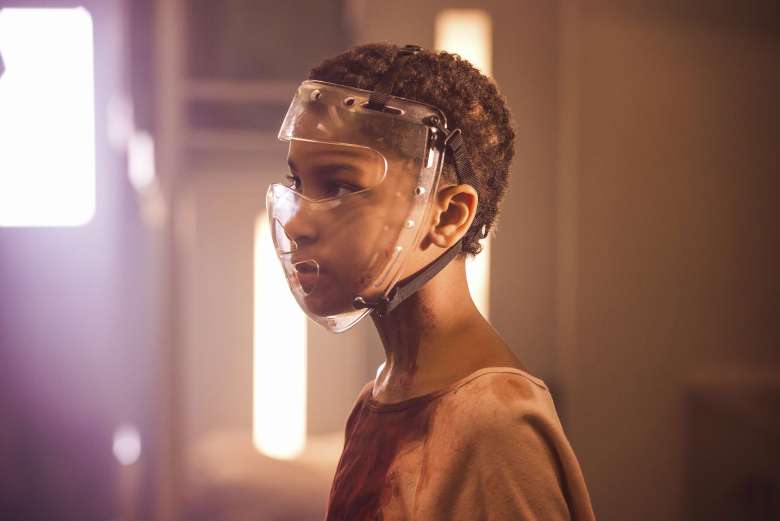
This is an unpopular opinion, but zombies were never more boring than in the 2010s. With so many iterations, so many of them derivative, the genre had hardly anywhere else to go. Train to Busan was a solid effort and a great deal of fun, even as it tread familiar ground (the train as a metaphor for classism, faster zombies, genre mashups). But this spot goes to The Girl With All the Gifts, one of the decade’s few zombie movies that actually aimed to do something different and succeeded.
Zombie children had their day in the 2010s (Cooties, Little Monsters), but The Girl With All the Gifts doesn’t bother with cheap visual gags or did-they-really-go-there incredulity. Civilization has more or less gone to rot, and much of that has to do with pint-sized terrors: while a fungal disease turned people to zombies, here called hungries, a group of hybrid children go back and forth, bright-eyed and eager to learn until the cravings for flesh come. The meaty premise, written by Mike Carey from his novel, uses a strong cast to brilliant effect, but it really shines when it lets its characters out into the world and has the camera follow them. It’s a journey of self-discovery and -destruction, with just enough post-apocalyptic British humour to drive home how screwed everyone really is.
19. The Conjuring
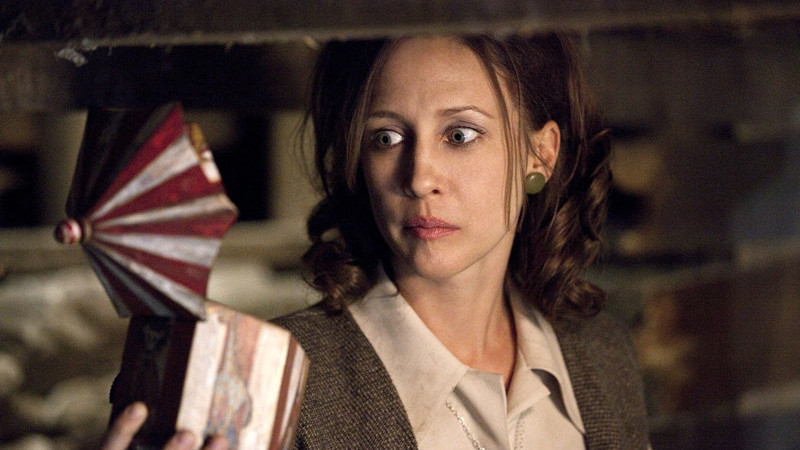
The Conjuring has one of the lowest body counts of all the films on this list, yet it might be one of the most effective and committed horror movies to ever come out of the studio system. The Conjuring and its equally capable sequel looked like standard Hollywood attempts to sling devils and demons under the loose tiding that it was “based on a true story”. But director James Wan approaches the material with care, pumping every moment with eerie discomfort before setting off a cavalcade of scares.
This is the kind of film that ten years ago would’ve been hastily put together and marketed to teens, but The Conjuring understood that craft is important in genre filmmaking, building good will among a broad swathe of the audience. It’s hard to remember the last time a studio film bet on horror this assured and stately without undercutting it in promotion. That The Conjuring has spawned a sizable cinematic universe is a testament to its ability to deliver scares. There are haunted dolls, demon nuns, and ghosts aplenty. But there’s also intelligence, high production values, and a genuine sense that this is a film that aspired to more and hit the mark.
18. Cabin in the Woods
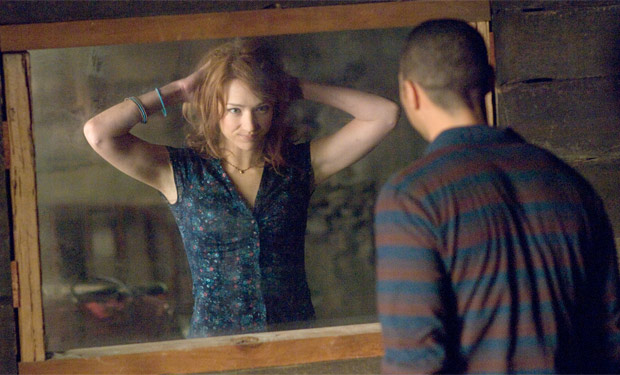
By the time it was released, Cabin in the Woods had attained almost mythic status. After numerous delays caused by a studio unsure of how to market it, it bowed to almost instant classic status. Like a deconstruction of the franchised conveyor belt that was Hollywood horror, Cabin in the Woods so thoroughly subverted the tropes of horror that it literally encased each one in glass. The results are thrilling, funny, and surprisingly unnerving, a grand gesture to the belief that this is a genre where anything is possible. It’s hard to think of a movie that makes grim outcomes so bright and funny.
A lot of horror comedies tend to be more one than the other, but Joss Whedon and Drew Goddard infuse each scene with a self-awareness that manages to toe the line between pretentious and fun. It’s a win for meta storytelling too. Freed from the demands of being one genre over another, Cabin in the Woods weaves between lanes, adeptly balancing a twist that audiences can see coming with a payoff that they didn’t. But in addition to the strong writing, tight direction, and cast that is more than game, Cabin in the Woods still manages to be scary when it wants to be. In a decade when many horror films were content to sell themselves as one thing and deliver another, here’s to a film that really did offer it all.